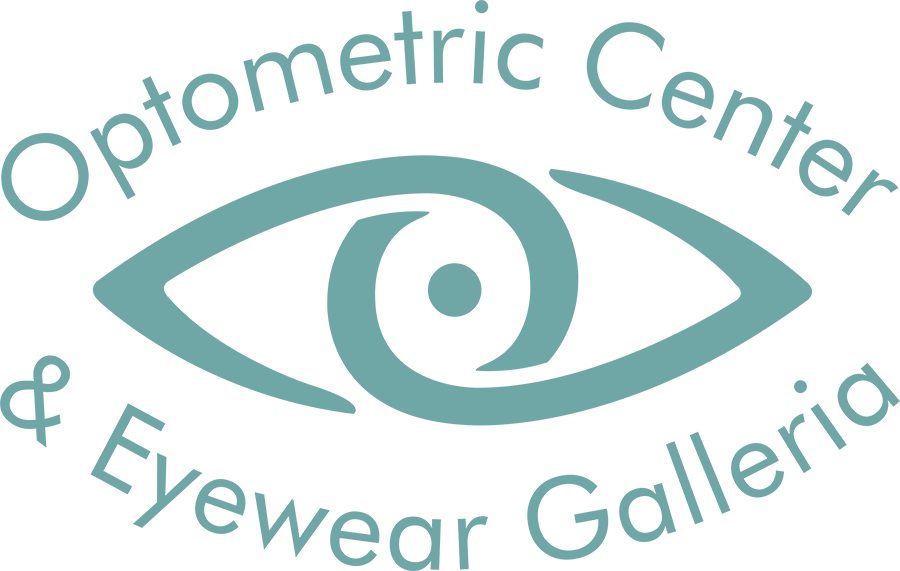
Glaucoma is a group of eye diseases that damage the eyes optic nerve and can result in loss of peripheral (side) vision and blindness. However, with early detection and treatment, you can protect your eyes against severe vision loss. Glaucoma is the second leading causing of blindness in the United States, affecting 3 million people.
What is Open-Angle Glaucoma and how does the optic nerve get damaged?
Studies show that high pressure in the eye can cause damage to the optic nerve. The front of the eye is called the anterior chamber. The anterior chamber is where the fluid that nourishes the eye flows into and out of the eye. The fluid is produced behind the iris and flows between the iris and lens to exit through an opening/drainage called the trabecular meshwork. In open-angle glaucoma, this drainage is “open”, but the fluid passes slowly through the openings in the meshwork causing build up and the pressure to increase. This increase in pressure can cause damage to the optic nerve leading to vision loss.
People at higher risk of developing glaucoma:
African Americans over age 40
Everyone over age 60
People with family history of glaucoma
Can I develop glaucoma if I have increased eye pressure?
Not necessarily. Not every person with increased eye pressure will develop glaucoma. The thickness of your eye can be protective of glaucoma and certain people can tolerate higher pressures than others. It is important to have a comprehensive visual evaluation including checking the pressure of the eyes and evaluating your optic nerves.
Can I develop glaucoma if I have normal eye pressure?
Yes. Glaucoma can develop without an increase pressure to the eye. This type of glaucoma is called low-tension or normal-tension glaucoma.
Glaucoma Symptoms
Glaucoma is a progressive, non-painful loss of peripheral (side) vision. Good vision is maintained centrally. As the disease progresses, people will have a difficult time seeing things out of the corner of their eyes and experience tunnel vision at later stages of the disease. Eventually, central vision may be reduced until no vision is left.
Don’t wait to schedule your eye examination. Call our office today to have your eyes evaluated for glaucoma.




